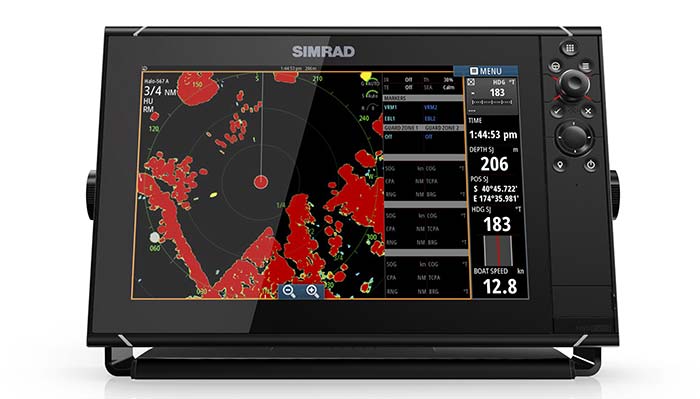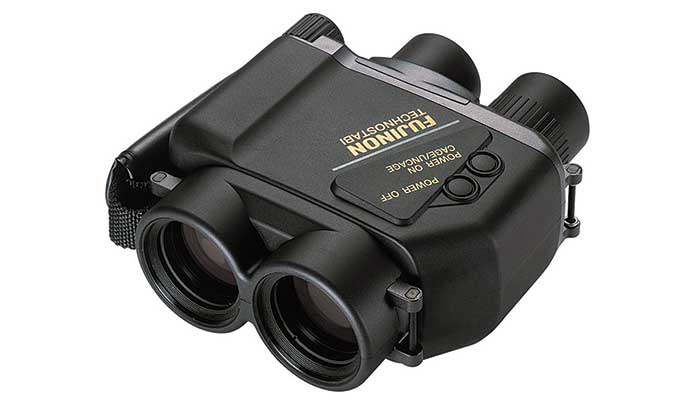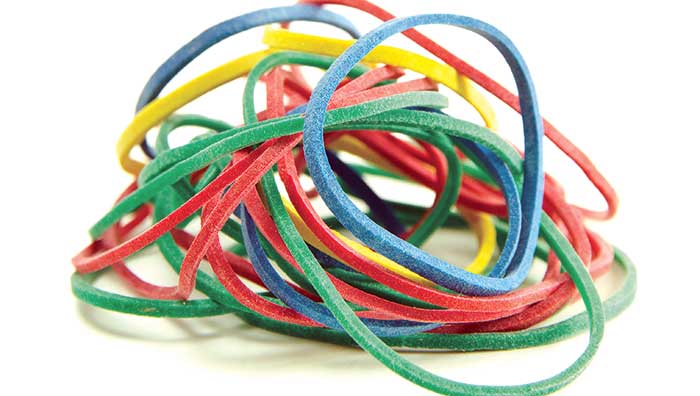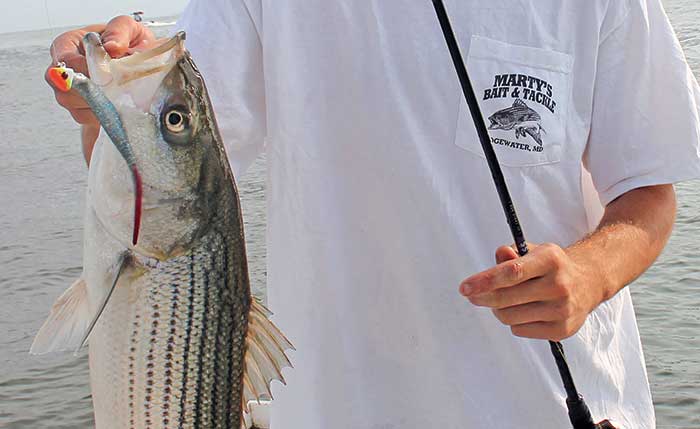Advertisement
Gear up your boat with these, and see how quickly your status as the marina high liner grows.
If you're of the mind that a rod, reel, and fishfinder are all you need to catch fish, you're probably missing out. Sure, we all have the basics aboard our boats and, yes, we all catch fish now and again. But there's a world of difference between the anglers who catch a fish sometimes and those who fill the cooler on a regular basis. Which kind are you? If you fall into the former category, part of the problem may be that you're leaving the dock undergunned when it comes to fishing gear. So take a look at these five items. Once they're on board, your catch ratio will soar, whether you target walleye in the Great Lakes or wahoo at the canyons.
1. Radar

Simrad Halo Radar
Like AIS (automatic identification system), you probably think of radar as safety and navigational gear — and first and foremost, it is. But radar can also be a valuable fishfinder. First off, it can help you spot flocks of birds from afar. Second, it can help you locate clusters of boats that have already found the hotspot du jour. Finally, radar can help you find radar reflectors. In many areas, commercial fishing gear, like lobster-pot floats or fish-trap floats, have radar reflectors on top (sometimes called "high fliers"). Find these, and in many cases you've just found a very fishy area.
2. Gyroscopically Stabilized Binoculars

Fujinon Gyros Binoculars
You say you have a perfectly good pair of marine binocs, and they've helped you find working birds and breaking fish plenty of times in the past? Maybe so, but with a good pair of gyro-binocs you'd have found them more than twice as often. Here's why: Marine binoculars are usually able to magnify the view by a maximum of seven times. Seven is a limitation because, with more magnification than this, the motion of the boat coupled with trying to hold the binoculars steady amid the engine motion and engine vibration make it difficult to focus on anything. But with gyroscopic stabilization you can boost magnification to 16 or even 18, bringing more than twice the distance — and more than twice the working birds or breaking fish — into view.
3. A Bag Of Rubber Bands

Rubber bands have so many different uses for fishing that listing them all almost reads like a catalog. You can use them to fabricate on-the-spot quick-release clips; hold trolling lines in different positions to keep them away from each other (by banding them to a cleat or rail); hold coiled rigs coiled; secure loose fishing line to a reel; stop a weight or float from sliding on the line (by cinching it above or below as necessary); attach breakaway weights to a rig; the list goes on and on. Tip: Keep a few around your wrist for quick access while fishing, and you'll be amazed at how many uses suddenly present themselves.
4. AIS

You probably know that AIS was developed as a safety feature. What you may not know is that this system can also come in quite handy for anglers. AIS allows you to identify the location and status of all kinds of commercial vessels. And in many areas, commercial vessels mean good fishing. Along the Gulf Coast, for example, finding a shrimper can mean finding hordes of blackfin tuna, bonito, and sharks, which are tagging along to feed on the trawler's discarded by-catch. In the Mid-Atlantic and Northeast, finding an anchored freighter can mean finding weakfish and striped bass that are using its hull for shade on a sunny day. And finding a commercial fishing boat just about anywhere means you've found an area that almost certainly holds one sort of fish or another.
5. Colored Markers

Spike-It Fish Marker
Yes, markers most definitely belong on your fishboat. But not the kind your kids use for drawing; these are waterproof and scented with fish-attractant, like crawdad or shrimp. There are several brands on the market (Spike-It and Savage Gear, to name two), and with a pack of these on your boat, you can add both smell and color-contrast to virtually any lure. At times, a white stripe on a black lure or a red slash across a chartreuse lure can mean the difference between a slump and a strike.
